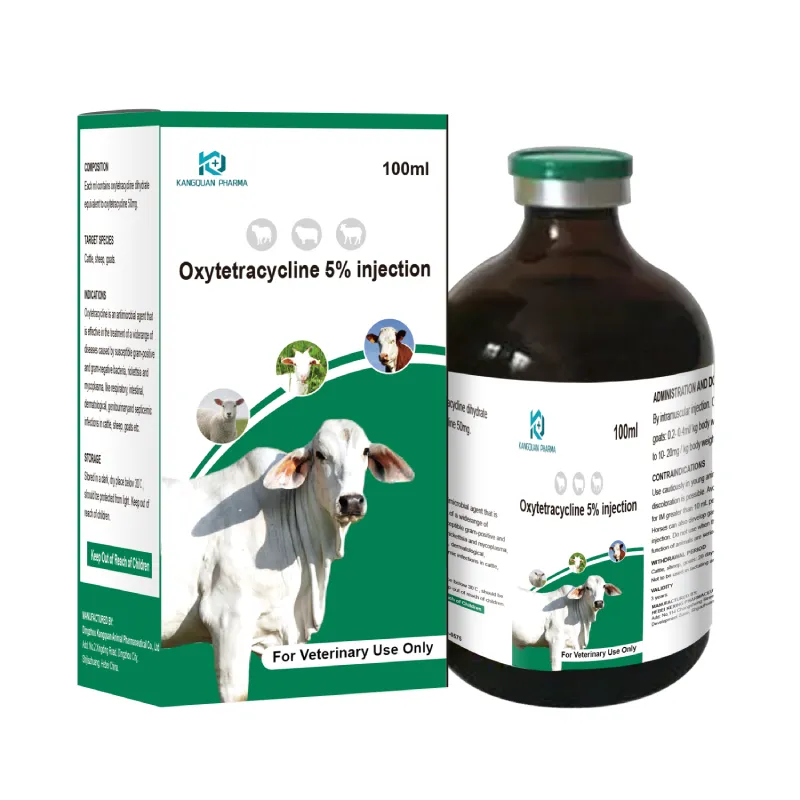- Afrikaans
- Albanian
- Amharic
- Arabic
- Armenian
- Azerbaijani
- Basque
- Belarusian
- Bengali
- Bosnian
- Bulgarian
- Catalan
- Cebuano
- Corsican
- Croatian
- Czech
- Danish
- Dutch
- English
- Esperanto
- Estonian
- Finnish
- French
- Frisian
- Galician
- Georgian
- German
- Greek
- Gujarati
- Haitian Creole
- hausa
- hawaiian
- Hebrew
- Hindi
- Miao
- Hungarian
- Icelandic
- igbo
- Indonesian
- irish
- Italian
- Japanese
- Javanese
- Kannada
- kazakh
- Khmer
- Rwandese
- Korean
- Kurdish
- Kyrgyz
- Lao
- Latin
- Latvian
- Lithuanian
- Luxembourgish
- Macedonian
- Malgashi
- Malay
- Malayalam
- Maltese
- Maori
- Marathi
- Mongolian
- Myanmar
- Nepali
- Norwegian
- Norwegian
- Occitan
- Pashto
- Persian
- Polish
- Portuguese
- Punjabi
- Romanian
- Russian
- Samoan
- Scottish Gaelic
- Serbian
- Sesotho
- Shona
- Sindhi
- Sinhala
- Slovak
- Slovenian
- Somali
- Spanish
- Sundanese
- Swahili
- Swedish
- Tagalog
- Tajik
- Tamil
- Tatar
- Telugu
- Thai
- Turkish
- Turkmen
- Ukrainian
- Urdu
- Uighur
- Uzbek
- Vietnamese
- Welsh
- Bantu
- Yiddish
- Yoruba
- Zulu
9 月 . 28, 2024 23:27 Back to list
Exploring the Latest Advances in Antifungal Medications for Veterinary Use
Antifungal Veterinary Drugs An Overview
Fungal infections can pose significant health risks to animals, just as they can in humans. In the veterinary field, antifungal drugs play a vital role in the treatment and prevention of various fungal diseases affecting pets, livestock, and wildlife. Increasing awareness of animal health and welfare has driven the demand for effective antifungal therapies, leading to the development and refinement of numerous drugs. This article explores the types of antifungal veterinary drugs, their mechanisms of action, and considerations for their use in veterinary medicine.
Types of Antifungal Veterinary Drugs
Antifungal veterinary drugs can be categorized into several groups based on their chemical structure and mechanisms of action. The most commonly used antifungal agents in veterinary medicine include
1. Azoles This class of antifungals, which includes drugs such as ketoconazole, fluconazole, and itraconazole, inhibits the synthesis of ergosterol, a crucial component of fungal cell membranes. By disrupting ergosterol production, azoles compromise the integrity of the cell membrane, leading to cell death. These drugs are frequently prescribed for systemic fungal infections in companion animals, such as dogs and cats, as well as for certain farm animals.
2. Polyene Antibiotics Amphotericin B and natamycin are well-known polyene antifungals that bind to ergosterol in the fungal cell membrane, creating pores that allow intracellular components to leak out. This mechanism makes polyenes effective against a variety of fungal pathogens. However, their use can be limited due to potential toxicity, particularly in patients with pre-existing renal issues.
3. Echinocandins This newer class of antifungals, which includes caspofungin and micafungin, targets the fungal cell wall by inhibiting the enzyme (1,3)-β-D-glucan synthase. This action weakens the fungal cell wall, resulting in cell lysis. Echinocandins have shown promise in treating invasive fungal infections in both domestic and exotic animals.
4. Allylamines Terbinafine is a widely used allylamine that disrupts fungal cell membrane synthesis by inhibiting squalene epoxidase. This antifungal is often used for superficial fungal infections, such as dermatophytosis (ringworm), particularly in cats and dogs.
antifungal veterinary drugs

Mechanisms of Action
The effectiveness of antifungal veterinary drugs is largely determined by their mechanisms of action. Most antifungal drugs target specific components of fungal cells, with a focus on disrupting cell membrane integrity or cell wall synthesis. The selective toxicity of these drugs is crucial; they must effectively eliminate fungal pathogens while minimizing harm to the host animal’s cells.
Considerations in Veterinary Use
The administration of antifungal medications in veterinary practice requires careful consideration of several factors. Firstly, the diagnosis of fungal infections must be accurate, as misdiagnosis can lead to inappropriate treatment with potential side effects or complications. Veterinarians often perform fungal cultures, serum tests, and imaging studies to ensure correct diagnosis.
Moreover, the pharmacokinetics of antifungal drugs can differ significantly between species, necessitating appropriate dosing adjustments. For instance, cats metabolize certain drugs differently than dogs, and livestock may present unique challenges due to their size and physiology.
Additionally, the emergence of antifungal resistance is a growing concern in veterinary medicine. Over- or misuse of antifungal agents can lead to resistant strains of fungi, complicating treatment options. Consequently, veterinarians are encouraged to use antifungal drugs judiciously and consider alternative strategies, such as improving hygiene and management practices, to reduce the risk of fungal infections.
Conclusion
Antifungal veterinary drugs are indispensable tools in the management of fungal infections in animals. With various classes of antifungals available, veterinary practitioners are equipped to tackle a range of fungal diseases across multiple species. However, appropriate use, careful diagnosis, and consideration of species-specific factors are essential for maximizing the efficacy of these drugs. As veterinary medicine continues to advance, ongoing research and development in antifungal therapies will undoubtedly enhance the health and well-being of animals affected by fungal infections.
-
The Power of Radix Isatidis Extract for Your Health and Wellness
NewsOct.29,2024
-
Neomycin Sulfate Soluble Powder: A Versatile Solution for Pet Health
NewsOct.29,2024
-
Lincomycin Hydrochloride Soluble Powder – The Essential Solution
NewsOct.29,2024
-
Garamycin Gentamicin Sulfate for Effective Infection Control
NewsOct.29,2024
-
Doxycycline Hyclate Soluble Powder: Your Antibiotic Needs
NewsOct.29,2024
-
Tilmicosin Premix: The Ultimate Solution for Poultry Health
NewsOct.29,2024













